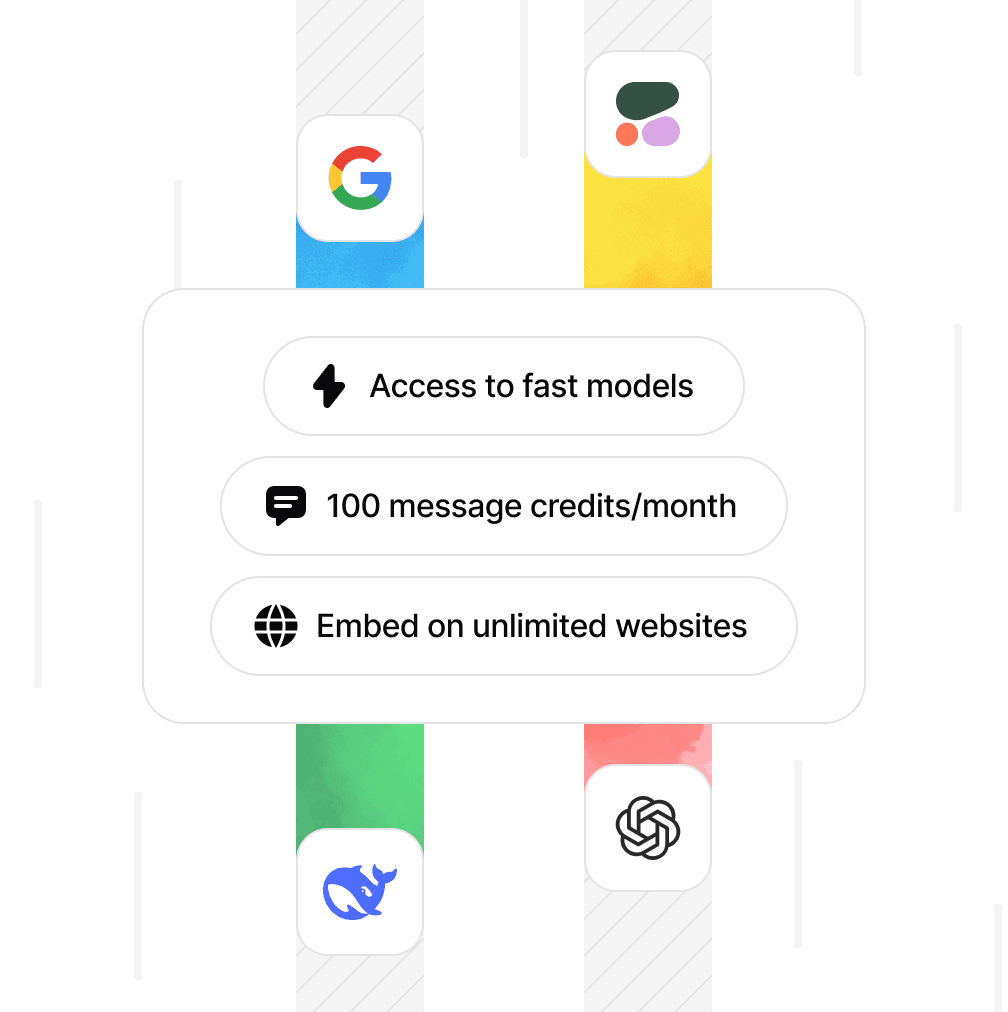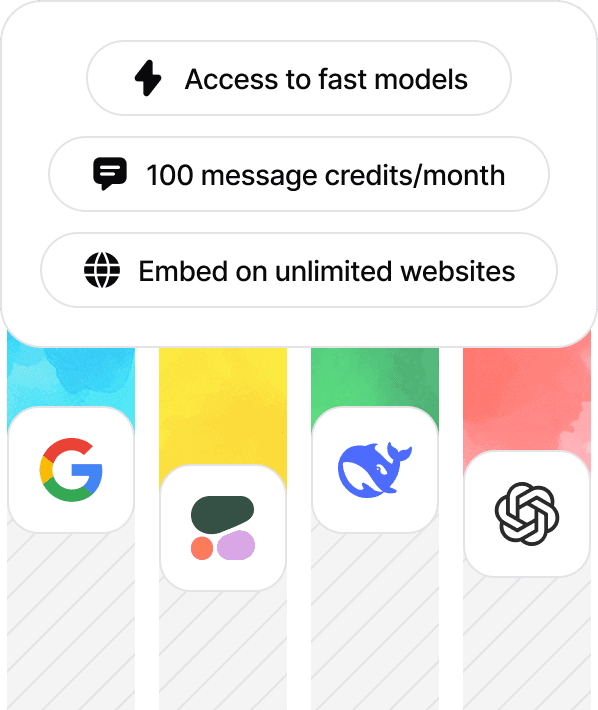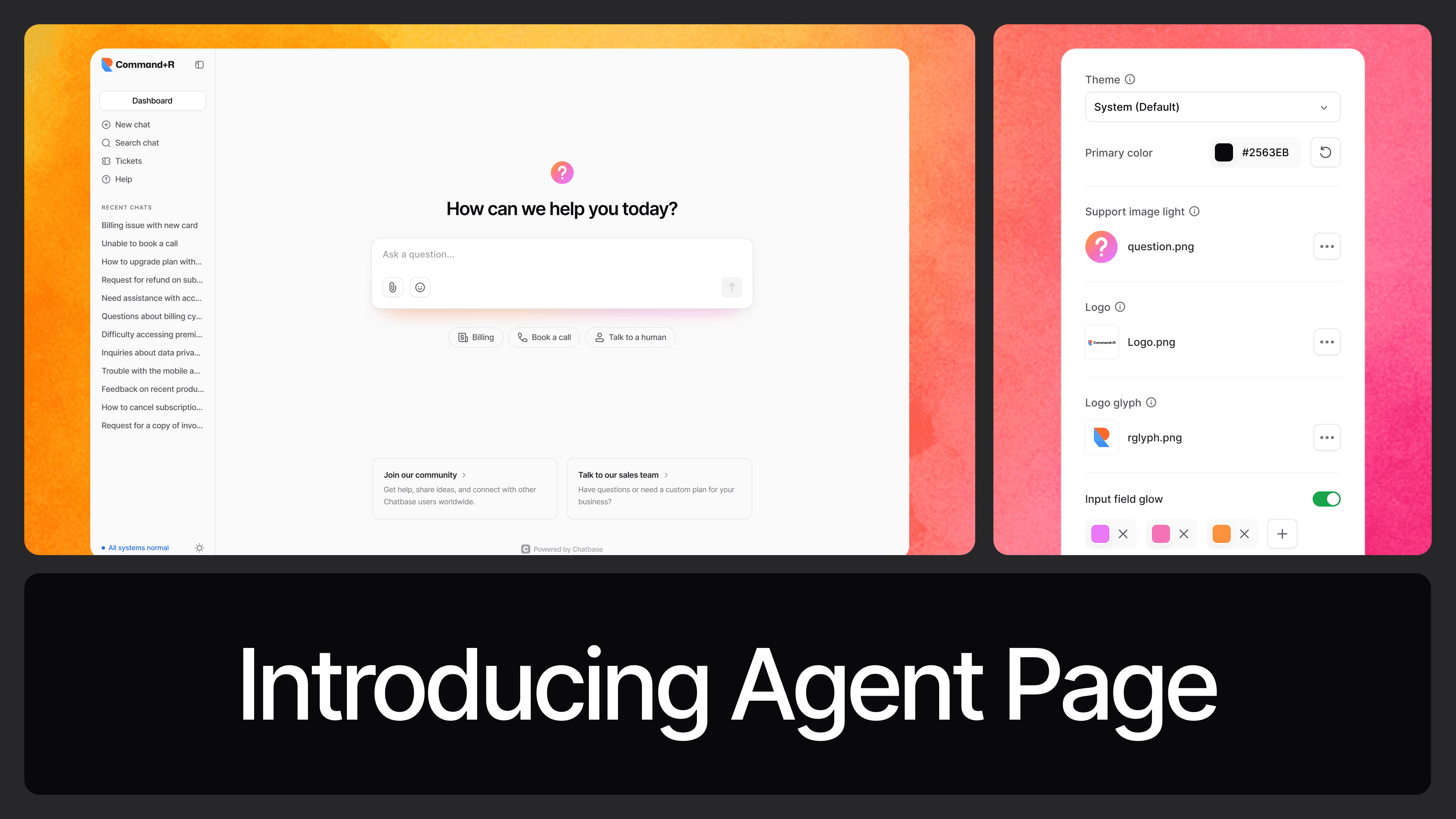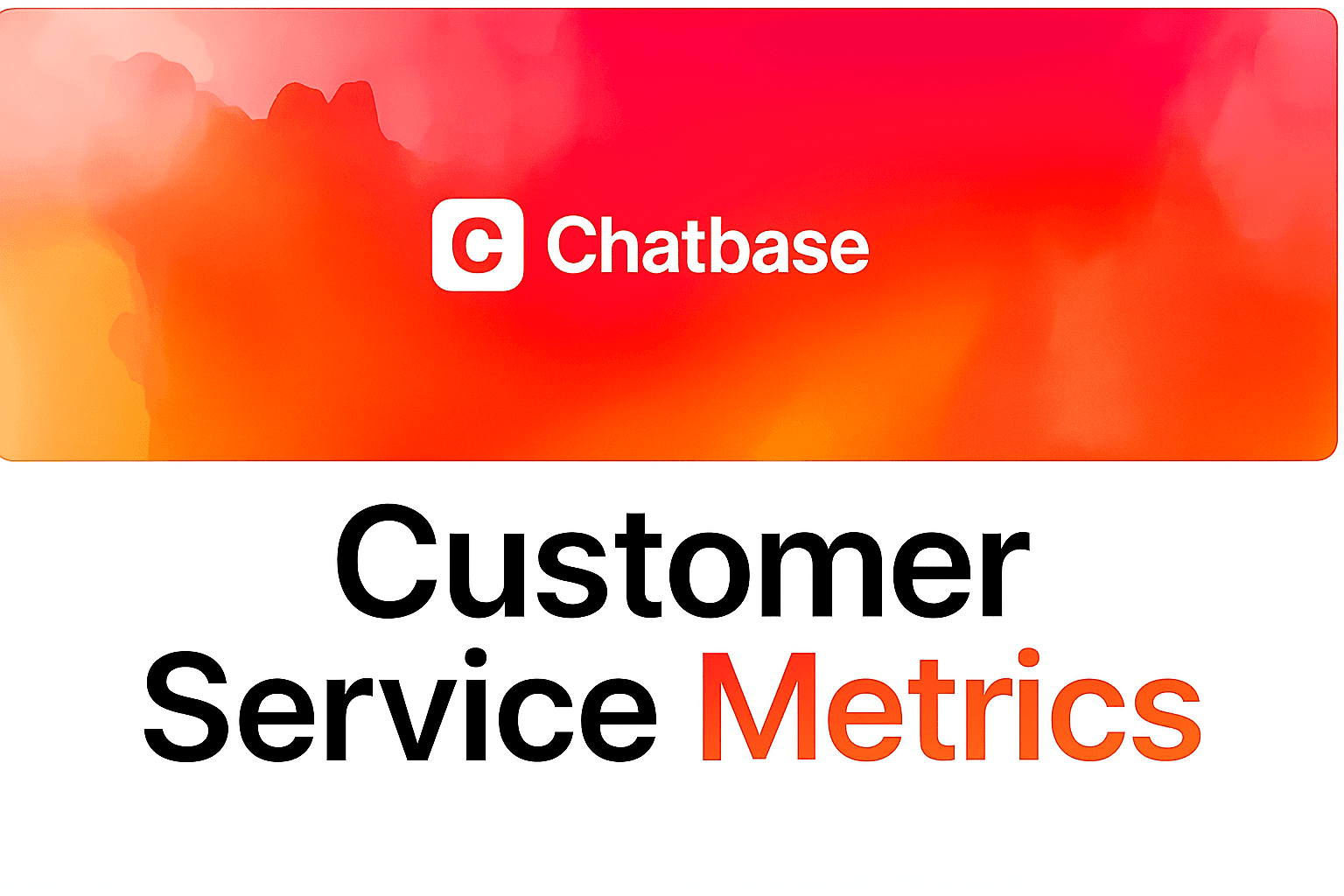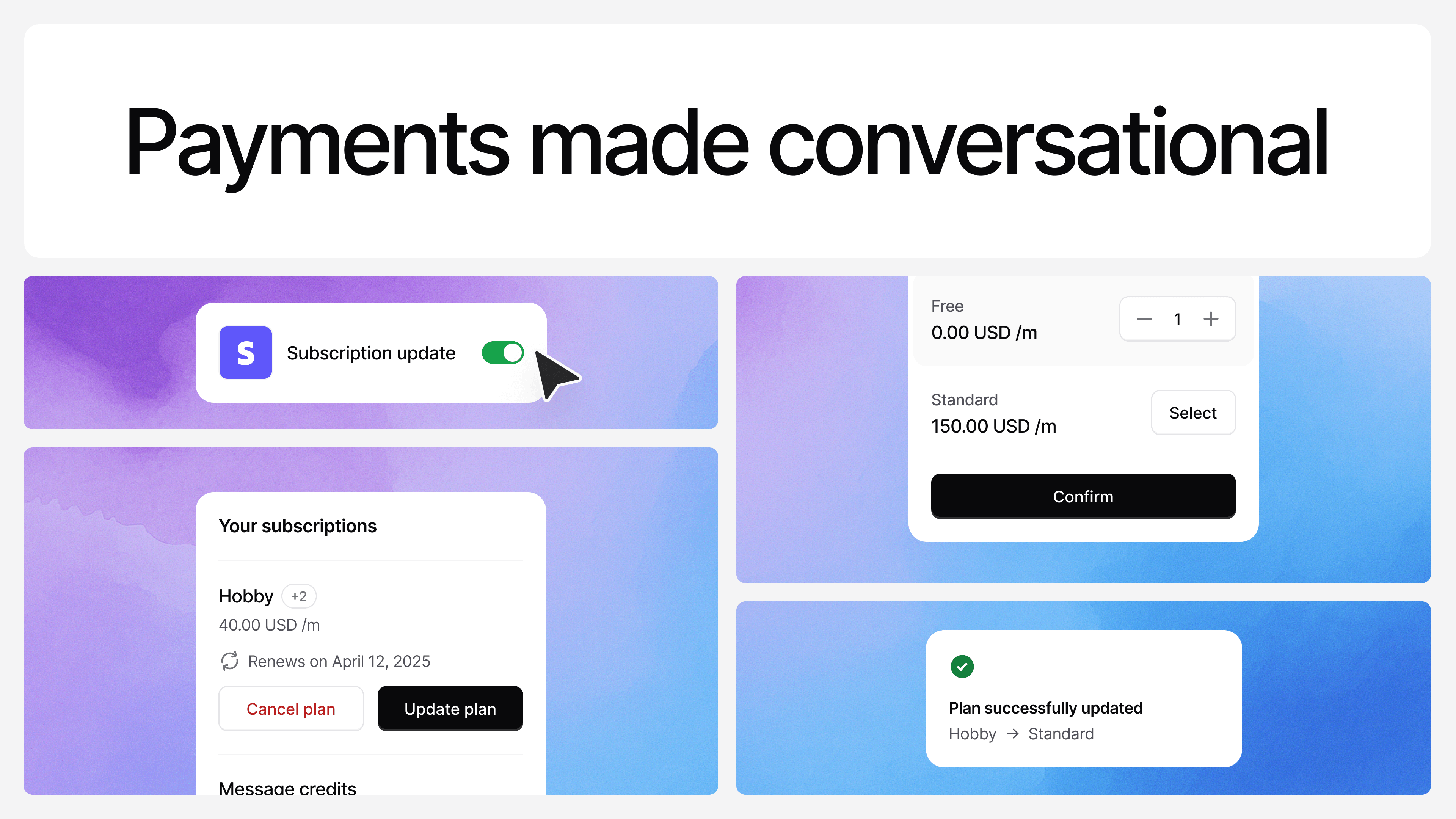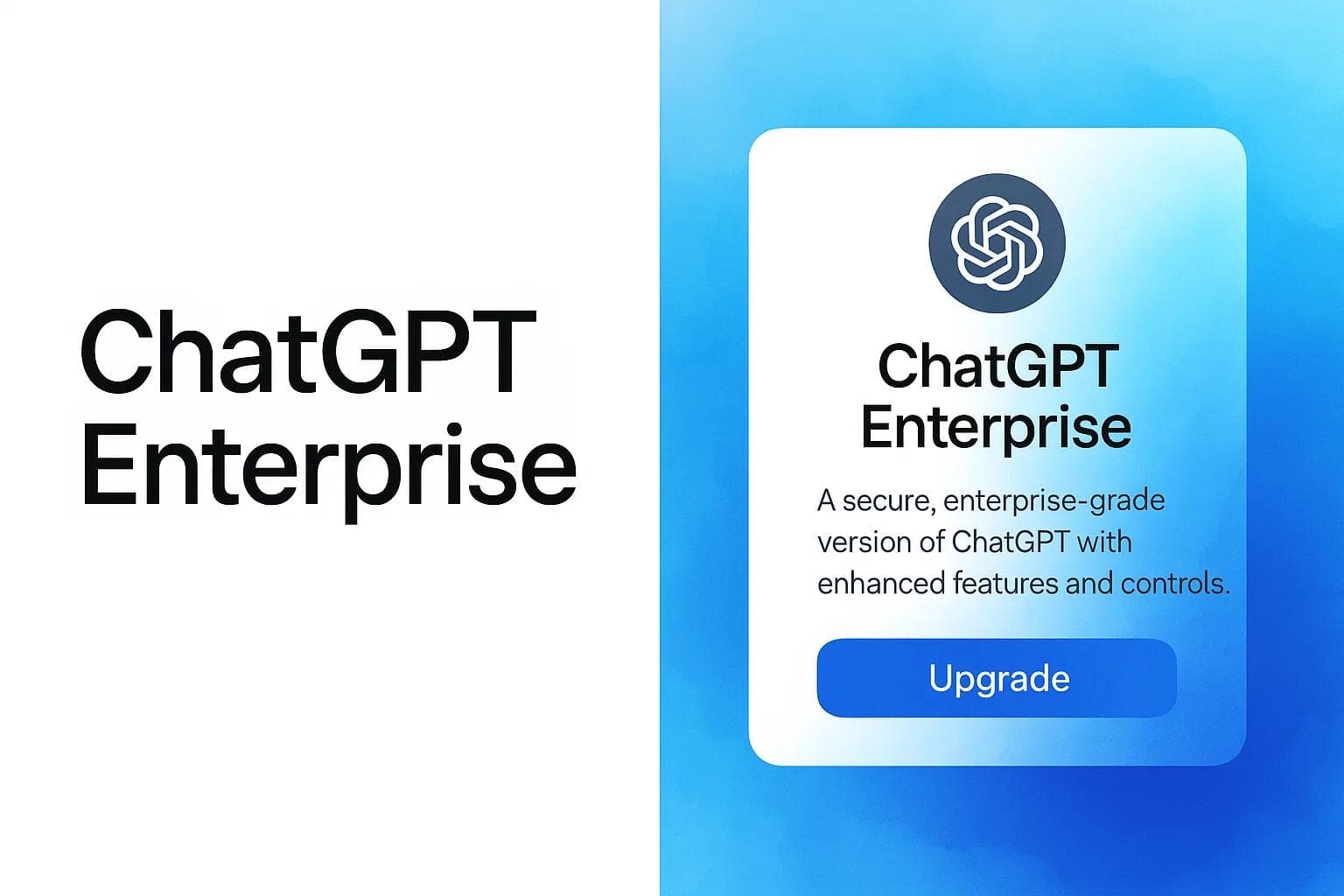Llama 4: How to Access and Use It
Max T
Apr 9, 2025
8 min read

Open-source AI models are starting to hit differently. Really!
They’re no longer just academic flexes or just hacker toys. They’re becoming real tools; practical, powerful, and surprisingly close to the best models. And right now, Meta is leading that charge with its Llama series.
There was Llama 1, a quiet, research-focused release that barely made a dent outside tech circles. Then Llama 2 came along and picked up more interest but still fell short where it mattered. Llama 3 showed real promise, with stronger reasoning and better capabilities, but it still didn’t feel like it could hang with the top-tier models.
Now, Meta is introducing Llama 4. Something finally hits differently.
LLaMA 4 doesn’t feel like an experiment anymore. It feels like a proper challenge to established models. With Llama 4, Meta isn’t just trying to keep up. It’s actively closing the gap. Model for model. Benchmark for benchmark.
And it’s starting to make a serious case that open-source can do more than just follow, it can lead.
So let’s talk about Llama 4. What it is. What’s new? And why it matters now more than ever.
What is Llama 4?
LLaMA 4 is Meta’s latest open-weight large language model, designed to go head-to-head with the best in the game; models like GPT-4.5, Claude 3.5, and Gemini 2.5.
It builds on the Llama series but finally brings the kind of capability people have been waiting for from open models. Strong reasoning, solid coding skills, improved instruction following, and better long-context handlinG.
Llama 4 isn’t just one model. It’s a lineup, and the two stars leading the charge are Llama 4 Scout and Llama 4 Maverick. Both are natively multimodal, open-weight models built using a mixture-of-experts (MoE) architecture, and they’re designed to help developers build personalized, high-performance AI experiences.
But while they share the same foundation, they’re built for different jobs.
Llama 4 Scout is the lighter, more compact of the two. It has 17 billion active parameters powered by 16 experts, and it’s optimized to run on a single NVIDIA H100 GPU. That makes it ideal for teams or individuals who want serious AI performance without the need for massive infrastructure.
Scout also brings a huge context window—10 million tokens. So if you're working on long conversations, large documents, or multimodal use cases, it can handle them with ease. And it still outperforms models like Gemma 3, Gemini 2.0 Flash-Lite, and Mistral 3.1 across several key benchmarks.
Llama 4 Maverick is built for more demanding tasks.It also has 17 billion active parameters but uses 128 experts, making it much larger in total size and more powerful when it comes to reasoning, coding, and complex logic.
Maverick actually outperforms GPT-4o and Gemini 2.0 Flash in benchmark tests, and it gets close to DeepSeek V3's results on coding and reasoning but with less than half the active parameters.
So what’s the main difference?
Scout is about performance and efficiency. It’s fast, flexible, and lightweight enough for solo builders or smaller teams. Perfect for on-device or limited-GPU setups.
Maverick is the heavy-hitter. More depth, more reasoning capability, better for enterprise-grade systems or AI products where you really need extra horsepower.
What’s up with Experts in Llama 4?
You’ll see the word “experts” come up a lot with Llama 4 and here’s what that actually means.
Instead of using one giant model to do everything, Llama 4 is built with a bunch of smaller expert networks inside it.
When you ask it something, only a few of those experts are activated based on what’s needed kind of like calling in the right specialists for the job. It’s a smart way to boost performance without blowing up compute costs.
How to Access Llama 4
Llama 4 is open-weight and available across several platforms—so whether you’re here to experiment, build, or ship something real, there’s an option for you.
1. Meta.ai (Chat Interface) – Try It Right Away
Want to experience Llama 4 without downloading anything? You can chat with Meta AI (powered by Llama 4) inside:
- Messenger
- Instagram DMs
- Or on the web at Meta.ai
This is perfect for casual exploration or if you just want to get a feel for what Llama 4 can do in the wild.
2. Llama 4 Open Weights – For Developers & Researchers
If you’re looking to download the models directly:
- Llama 4 Scout and Llama 4 Maverick are available on Llama.meta.com and Hugging Face.
- Both come with open weights, so you can fine-tune or deploy them however you like.
- No waitlist, no fancy partnership required, just grab and go.
Scout is lightweight and runs on a single H100 GPU, while Maverick is built for more complex workloads and higher throughput. If you're planning to run these models in the cloud, it's worth comparing cloud GPU pricing to find the most cost-effective setup.
3. Chatbase – Use Llama 4 in Your Own Conversational AI
Want to build a chatbot or AI agent using Llama 4 without setting up GPUs or digging through model weights?
Chatbase lets you plug in Llama 4 (Scout or Maverick) as your AI engine:
- Upload docs or connect data sources
- Customize tone, behavior, and actions
- Deploy instantly as a support bot, knowledge base, or assistant
- No dev work needed—just pick Llama 4 as your model
What’s the Best Way to Access It?
- Just curious? Try Meta.ai in WhatsApp or Messenger.
- Need full control? Download Scout or Maverick on Llama.meta.com or Hugging Face.
- Want to build a chatbot fast? Chatbase is the easiest way to launch with Llama 4—no GPU setup or coding needed.
Whatever your use case, Llama 4 is ready to run.
A Timeline to Llama 4: From Open Weights to Real Contender
When Meta first stepped into the large language model game with Llama, it wasn’t trying to be the flashiest model on the block. It was all about open access. Instead of dropping closed APIs and paid plans, Meta made a bet on transparency and research-first thinking.
But with Llama 4, that open model strategy has started to look like a real competitive edge.
Here’s how it played out:
February 2023 – Llama 1 Arrives Quietly The first Llama model didn’t make headlines the way GPT-4 did. It wasn’t public in the way we think about it now. It was mostly available to researchers. But the key thing? The weights were out there. That mattered more than most realized.
July 2023 – Llama 2 Changes the Game This was Meta’s first real “open weights for everyone” drop. Llama 2 made a splash because it was genuinely good—and anyone could build with it. Startups, indie devs, research labs, even large companies started fine-tuning and deploying Llama 2 models.
For the first time, it felt like someone was seriously challenging the closed model dominance of OpenAI and Anthropic—but from the open-source lane.
March 2024 – Meta Confirms Llama 3 Is Coming While other labs were racing to launch GPT-4.5 and Claude 2.1, Meta played the long game. In early 2024, they started teasing Llama 3 and shared plans to push toward Llama 4.
They made it clear: open weights weren’t going away. In fact, Meta was just getting started.
April 2024 – Llama 3 Drops (and It’s Strong) Llama 3 arrived with two variants: 8B and 70B. And it was solid—competitive with GPT-3.5 and Claude 2-level models. While not quite at GPT-4’s level, it impressed developers with quality responses and the continued promise of free, local deployment.
Meta also hinted that the big jump was still to come.
July 2024 – Work Begins on Llama 4’s Foundation Behind the scenes, Meta begins pretraining larger models—rumored to be well beyond the 70B scale. Early chatter points to a shift in architecture, better alignment, and broader multilingual capabilities.
At this point, it’s clear Meta is building not just another Llama drop, but a major leap forward.
April 2025 – Llama 4 Launches (Scout & Maverick) Now we’re here.
Meta releases two Llama 4 variants:
- Llama 4 Scout: Lightweight and optimized for single GPU setups. Great for fast, efficient inference.
- Llama 4 Maverick: Bigger, more powerful, ideal for high-throughput tasks. Think coding, complex reasoning, and enterprise-level RAG.
And yes—both are open weights. You can download them today from Meta or Hugging Face. No signup walls. No rate limits. Just real access.
Zero to Hero in 2 Years
In just over two years, Meta has gone from being an underdog in the AI model race to one of the most important players in the open-source frontier. Llama 4 isn’t just another drop—it’s a statement: powerful, free-to-use AI models aren’t going anywhere.
And with Scout and Maverick in the wild, Llama 4 is already being fine-tuned, deployed, and tested across thousands of real-world use cases.
The next phase? Open-weight multimodal. But that’s a story for another timeline.
Start Building with Llama 4 Today
Whether you’re building AI tools for customer support, internal automation, or user-facing apps, Llama 4 gives you flexibility without losing power. And with the open-weight approach, it's more accessible than most frontier models out there.
But let’s be real—getting these models up and running from scratch can be a pain.
That’s where Chatbase comes in. You can deploy Llama 4 (Scout or Maverick) as the brain behind your own AI chatbot in minutes. No API wrangling. No dev-heavy setup. Just upload your docs, tweak your AI’s tone, and you’re good to go.
Share this article:
